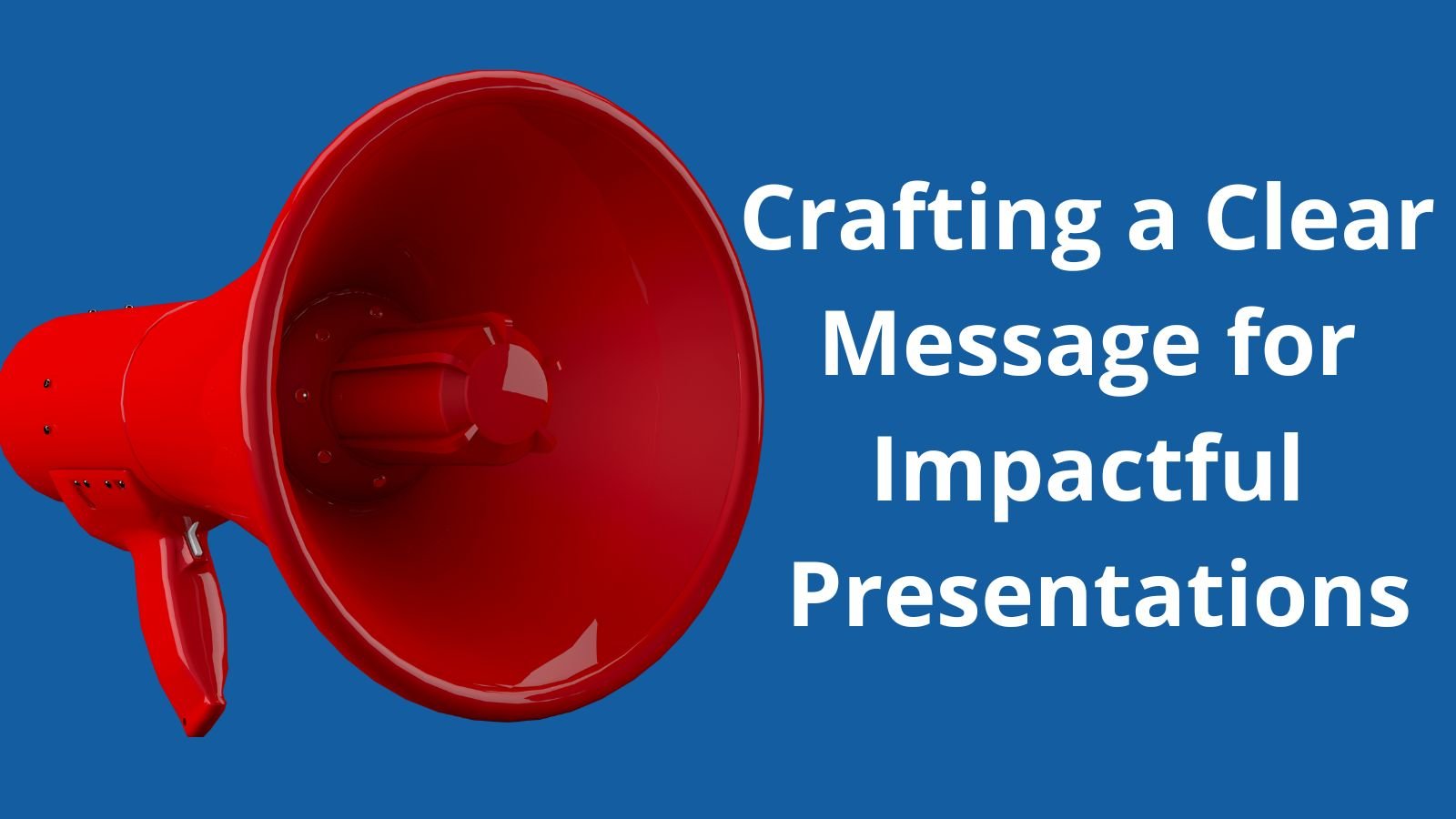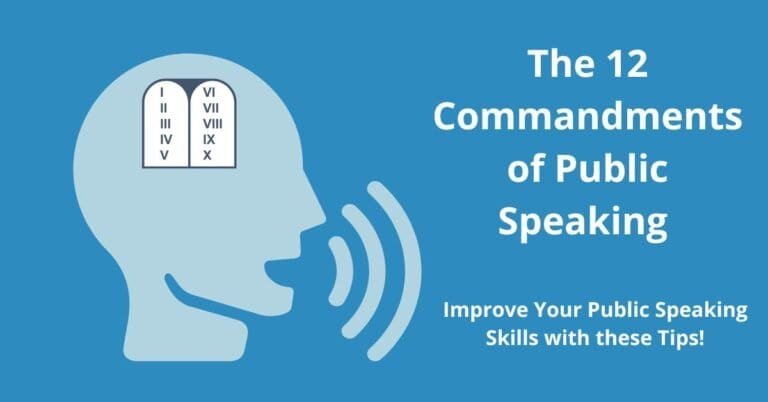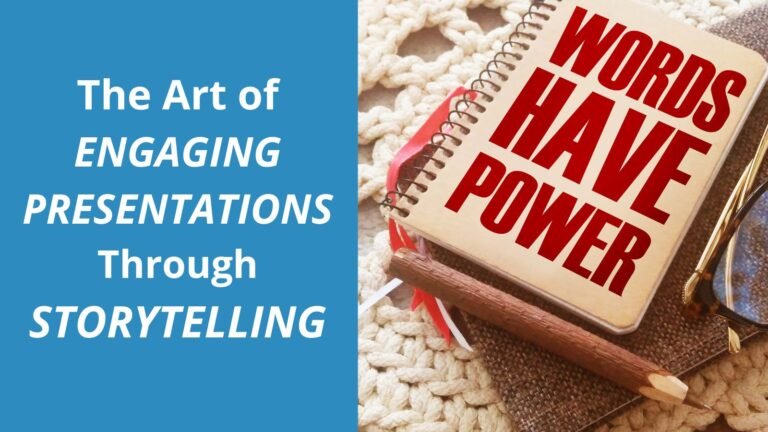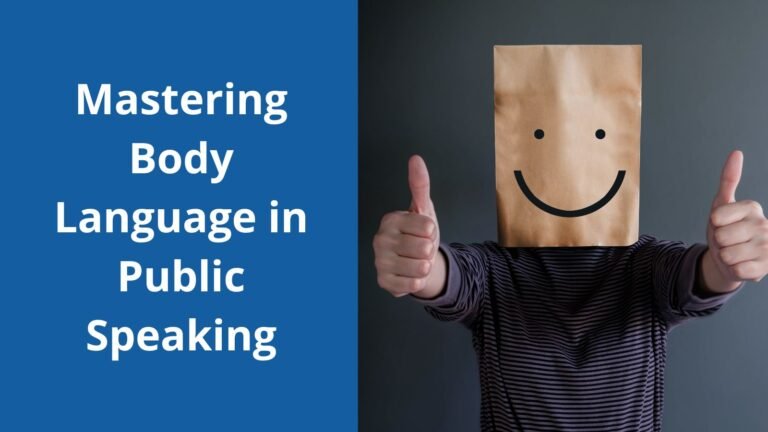How to Build a Clear Message for Impactful Presentations
When you start preparing any presentation, you need to build a clear message for your communication to resonate the longest. You want your message to be remembered. A clear and compelling message is the linchpin of impactful presentations, transforming information into an engaging narrative. As you step onto the stage, your words are more than sounds – they’re the catalyst for connection.
This article unveils techniques to clarify your message and make it something memorable. Clarity isn’t just about being heard; it’s about being understood and remembered. Join us as we explore the art of message craftsmanship, decoding the nuances that bridge clarity with audience engagement. Prepare to wield the power of words that linger in the minds of your listeners.
Understanding Your Audience: a Tailored Message is a Clear Message
Recognize Your Audience Profile
In the realm of impactful verbal presentations, the significance of understanding your audience cannot be overstated. If you want to build a clear message, you need your audience to be able and willing to understand it.
Before crafting a message, audience analysis is the compass that guides the choices of your message construction. It involves peeling back the layers to discern who your audience is, what they value, and how they process information. This deeper comprehension is the bedrock upon which a compelling message is built.
Demographics, Interests, and Expectations
The foundational layer involves demographic factors—age, gender, education, and cultural background. These elements shape the lens through which your audience perceives your message.
Beyond demographics, understanding the interests of your audience adds a nuanced layer. What topics resonate with them? What are their passions and concerns? Aligning your message with these interests fosters a connection.
Every audience enters a presentation with expectations. Whether seeking information, inspiration, or solutions, recognizing these expectations allows you to tailor your message to meet or surpass them.
To understand your audience means empathizing with your listeners, appreciating their diversity, and weaving a message that resonates with their unique composition. As you delve into this exploration, you lay the groundwork for a message that not only captures attention but also generates more engagement and connection.
Build a Clear Message Around You Audience Pain Points

The heartbeat of effective messaging lies in the ability to empathize with your audience’s challenges and concerns. You need to understand the art of identifying audience pain points, because aligning your message with your audience needs is pivotal.
Techniques to Understand Challenges and Concerns
The cornerstone of understanding lies in active listening. Whether through surveys, interviews, or social listening tools, actively seeking and absorbing your audience’s thoughts allows you to uncover the hurdles they face.
Stepping into your audience’s shoes involves constructing empathy maps. These visual tools help you chart the emotional landscape of your listeners, highlighting their fears, aspirations, and pain points.
Past interactions, whether through feedback forms or previous presentations, harbor valuable clues. Analyzing these touchpoints provides a retrospective lens on what has resonated or fallen short in addressing audience concerns.
Align Your Message with your Audience Needs
Understanding your audience pain points is only half the equation. The magic happens when you seamlessly weave your message to address these needs. This alignment requires some important activities.
Crafting your message as a solution to specific pain points showcases a proactive approach. It signals that you’ve not only heard but also responded to the challenges faced by your audience.
Every component of your message, from anecdotes to data points, should underscore its relevance to alleviating audience pain points. This clarity fosters a sense of connection and purpose.
As you navigate the landscape of audience pain points, envision your message as a guiding light through their challenges. The result is not just a presentation; it’s a partnership, where your message becomes a catalyst for understanding, empathy, and impactful solutions.
How to Articulate the Central Idea of Your Presentation
Once you understand your audience, their interests and expectations, and their pain points, you need to develop a powerful core message that aligns with them. The central idea of your presentation is what you’ll try to communicate to your audience all through your presentation, and if your message is simple, powerful and aligned it will hold unparalleled strength.
The central idea of your speech is the beacon that guides your audience through the presentation’s narrative. It requires a clear, concise articulation that resonates with your overall objective.
Your core message should seamlessly align with the purpose of your presentation. Whether it’s informing, persuading, or inspiring, the central idea is the lodestar directing the journey. The effectiveness of your core message lies in its relevance to your audience. It should not just address their needs but also spark resonance, ensuring that your listeners find personal value in your presentation.
The Power of Simplicity in Messaging
Simple messages are more memorable. They stick in the minds of your audience, acting as a lasting imprint that lingers beyond the confines of your presentation.
Simplicity enhances accessibility. It ensures that your message is inclusive, catering to a broader audience without getting lost in convoluted complexities. Simplicity is also a conduit for impactful communication. It distills complex ideas into digestible insights, fostering a stronger connection with your audience.
Learn to Build your Message: Your Three Key Ideas
You may have a lot of interesting things to say in your presentation, but when people leaves the room, they will be remembering a just few things from all the speech you gave. Even if you’re the best speaker in the world, they will be remembering just a few things. What are the main ideas from your presentation that you want them to remember? That’s a key element you have to think about before any presentation.

People in communications say that you should have only three ideas that you want your audience to remember. Three. Of course, you might think that you should include more key concepts, but the more you include, the more your message dilutes. So build a clear message around those three concepts.
Your key elements should be repeated many times along your presentation. They should be used during the introduction, during the middle of the presentation, and repeated at the conclussion. Don’t be shy to make them explicit: you want people to remember them So it’s not wrong to tell your audience now and then during your presentation that those are the things you want them to take in their minds, if that helps you achieve your goal.
Of course, you will probably have other information during your performance, but you may come back to your key ideas from time to time in order to fix them in people’s minds. You may build a whole story that wonders around to entertain your audience (in fact, it’s better if you do that) , but if you want to make them remember your message, you should always bring them back to your key ideas.
How Do You Structure a Clear Message
If you want to deliver a successful presentation, you need to build a clear message. We’ll now explore the classic structure of effective presentations, emphasizing the importance of a strong introduction and conclusion. Additionally, we’ll delve into the art of transitioning smoothly between points, maintaining a logical flow that enhances message coherence.
Introduction, Body, Conclusion: The Classic Structure for Effective Presentations
The classic structure comprises three integral components: the introduction, body, and conclusion. The introduction sets the stage, providing context and capturing the audience’s attention. It’s the first impression that establishes the tone for the entire presentation.
The body is the substantive core where your message unfolds. Each point, argument, or story presented contributes to the narrative, offering depth and insight. Clarity in the body is achieved through a systematic arrangement of ideas, ensuring a logical progression that keeps the audience engaged.
A powerful conclusion is the lasting imprint your presentation leaves on the audience. It revisits the core message, summarizes key points, and provides a sense of closure. An impactful conclusion reinforces your message and enhances its recall value.
The Importance of a Strong Opening and Memorable Conclusion

The opening seconds of your presentation are critical. A strong opening captures attention and generates interest. Whether it’s a compelling anecdote, a thought-provoking question, or a striking statistic, the goal is to hook the audience from the beginning.
The conclusion, while marking the end, is equally significant. It’s your final opportunity to drive home the core message. A memorable conclusion should resonate emotionally, leaving a lasting impression that lingers even after the presentation concludes.
Transitioning Smoothly Between Points
Transitioning between points is an often overlooked but crucial aspect of effective communication. Smooth transitions guide the audience through the journey, ensuring that each point logically connects to the next.
Utilize transitional phrases and cues to signal shifts between ideas. This can include phrases like “now that we’ve discussed,” or the use of visual aids to smoothly segue from one topic to the next.
A logical flow ensures that your audience can effortlessly follow your narrative. This involves organizing points in a coherent sequence, avoiding abrupt shifts that might confuse or disengage your listeners.
Mastering the Art of Message Craftsmanship
We’ve explored key techniques that serve you to build a clear message and deliver a powerful presentation. You need to understand the nuances of audience profiling, and how to focus on the core message’s key ideas as a powerful and simple way to set the stage for an engaging presentation.
Structuring the message with the classic Introduction, Body, and Conclusion framework, seamlessly transitioning between points, and utilizing visual and verbal elements ensure clarity in communication.
As we conclude, it’s vital to underscore the direct correlation between the quality of your message and the success of your presentation. Encouraging readers to apply these newfound skills, we affirm that mastery in message craftsmanship is not just a skill set; it’s a transformative journey that elevates verbal presentations from ordinary to extraordinary. May your next presentation be a testament to the mastery you’ve cultivated in the art of message craftsmanship.







